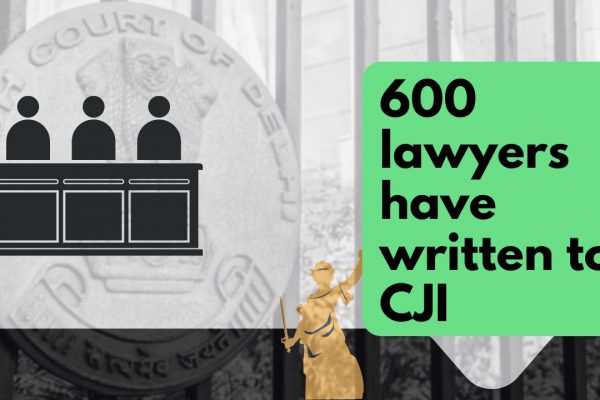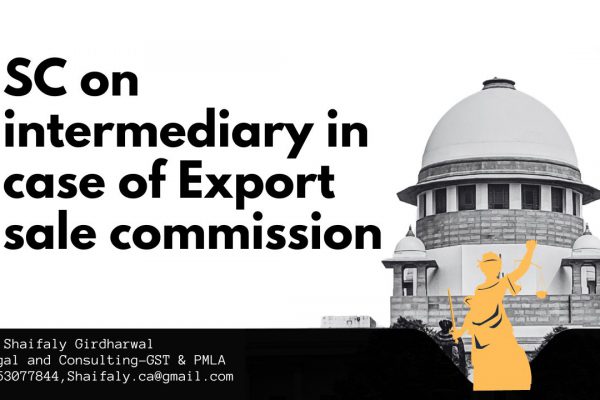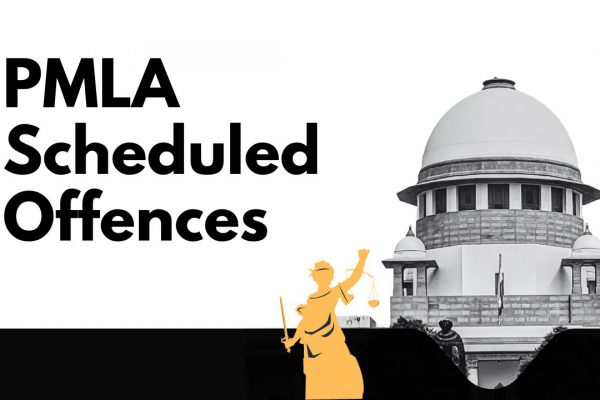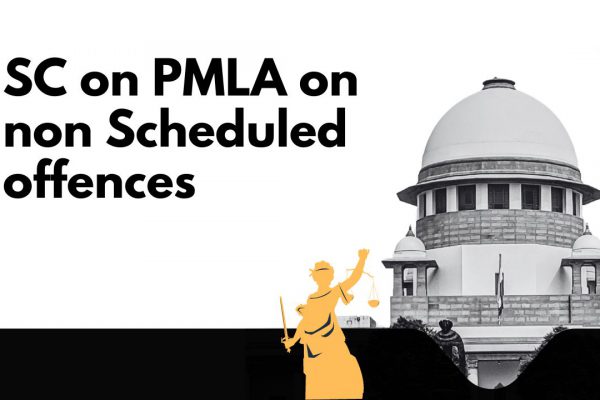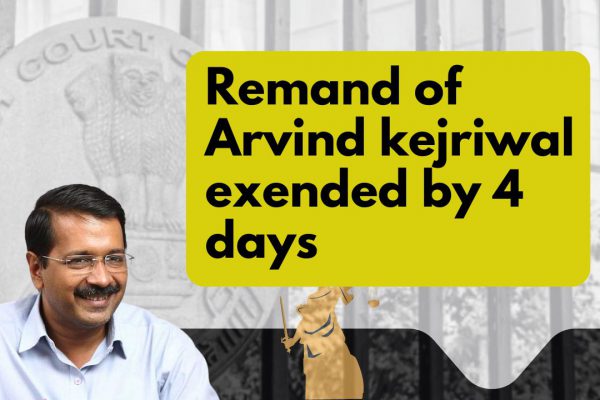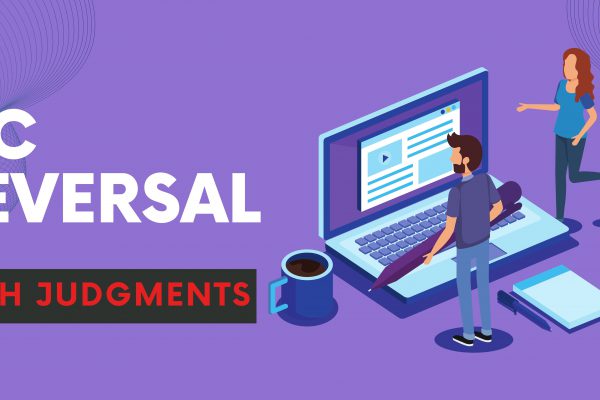22 important Facts about new GST return scheme
22 important Facts about new GST return scheme
We have summarised the entire scheme of GST return filing. This new scheme is recently introduced by CBIC. We have divide then in 22 important Facts about new GST return scheme. Payment of tax will still be monthly.Key features of new GST monthly returnYou can read the entire text of salient features at this link.
- Taxpayers having turnover upto 5 crores can file a quarterly return. But payment will still be monthly based on self-declaration.
- Taxpayers having B2C supply will file the return called Sehaj.
- Taxpayershaving B2B and B2C both supplies will file a return called Sugam.
- Taxpayers who want to file nil return will be able to file it via SMS.
- Small taxpayers having a turnover of Rs. 5 Crore or less will be shown as small taxpayers.
- The monthly return will be filed by the 20th of next month.
- A taxpayer having a turnover of more than Rs. 5 Crores in the preceding year will file the monthly return and will be eligible to take credit on the basis of invoices uploaded.
- There will be a facility of continuous uploading and viewing of invoices on GSTN Dashboard.
- Those uploaded invoices will be continuously visible to the recipient.
- Only uploaded invoices will be the valid documents.
- Invoices uploaded up to 10th of next month will be available to file a return on 11th of next month. However, the invoices uploaded after 10th will get posted in a subsequent month.
E.g. if invoice no. 1 of April is uploaded on 8th of May and invoice no. 2 of April is uploaded on 15th of May by the supplier, the recipient shall be able to avail input tax credit for invoice no. 1 with the return of April filed on say 20th May and for invoice no. 2 he shall be able to avail input tax credit with the return filed for the month of May, filed on say 20th of June. But both the invoices would be accounted towards the liability payable by the supplier in his return of the tax period of April. Therefore, after the 11th of the next month, the recipient shall be able to accept, reject or keep pending a particular invoice but the maximum limit of eligible input tax credit will be based on the invoices uploaded by the supplier upto 10th of the subsequent month.
13. After the transition phase of six months, the recipient will be eligible to take ITC on the self-declaration. This ITC will be available even when the invoices are not uploaded by the supplier.
14. When no return is filed by the supplier after uploading the invoices. It will be deemed as self-admitted liability and recovery proceedings may be initiated.
15. Only the invoices and debit notes uploaded by the supplier will be the valid document to claim ITC.
16. When the credit is availed by buyer but invoice is not uploaded. This will be called missing invoices.
17. After the prescribed, the recipient will be liable to return the ITC claimed on the missing invoices.
18. In case any wrong invoice is uploaded the buyer can reject it .
19. The recipient shall report the pending invoices and shall not take the ITC of pending invoices.
20. There will be a process of simplification for ITC to avoid a huge number of pending invoice.
21. There may be three reasons for pending invoices:
a) The supplier has uploaded the invoice but the recipient has not received the supply.
b) The recipient wants some modification or alteration in pending invoice.
c) Where the recipient is not being able to decide whether he is eligible to take the credit of pending invoice.
22. The buyer will be eligible to take input tax credit even if the supply is received after 10th of next month but before 20th.
You can reach the author at info@consultease.com
If you already have a premium membership, Sign In.
 CA Shafaly Girdharwal
CA Shafaly Girdharwal
CA
New Delhi, India
CA Shaifaly Girdharwal is a GST consultant, Author, Trainer and a famous You tuber. She has taken many seminars on various topics of GST. She is Partner at Ashu Dalmia & Associates and heading the Indirect Tax department. She has authored a book on GST published by Taxmann.





